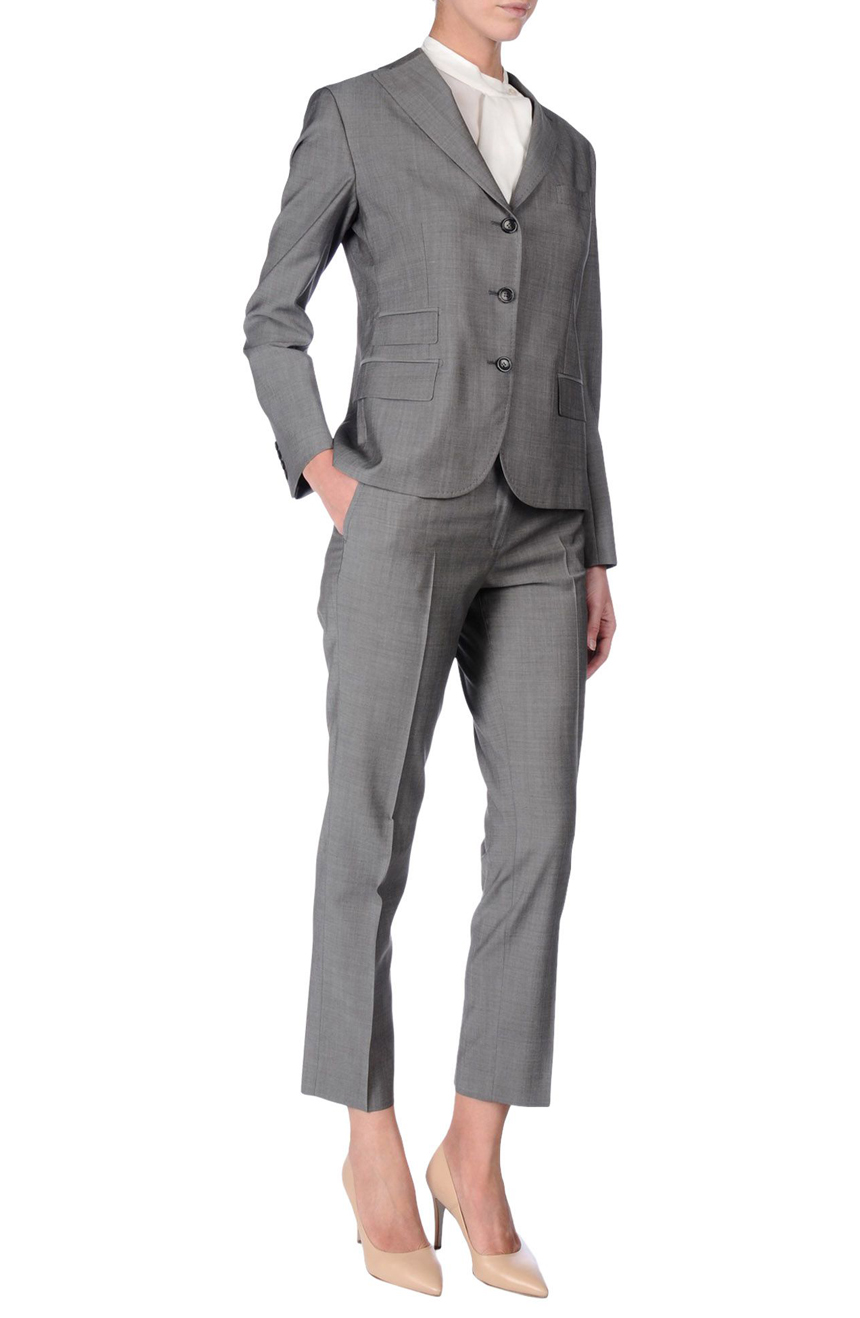Custom Suits Perth: Stick Out with a Made-to-Measure Suit
Custom Suits Perth: Stick Out with a Made-to-Measure Suit
Blog Article
Recognizing the Tailoring Refine: From Fabric Selection to Final Fitting for the Suitable Closet
The tailoring process is an intricate interaction of art and scientific research, beginning with the essential decision of textile option and finishing in the accurate adjustments of last installations. Each material type brings distinct top qualities that influence not only the visual charm but additionally the garment's long life and suitability for various occasions.
Relevance of Material Selection
Picking the ideal fabric is critical in the customizing process, as it straight influences the convenience, toughness, and general visual of the final garment. The option of material sets the structure for the garment's performance, performance, and style. Various fabrics have unique residential or commercial properties, such as breathability, stretch, and weight, which can significantly impact how the garment drapes and fits the body.

A tailored item made from an ideal textile not only showcases craftsmanship but additionally raises the wearer's confidence. Comprehending the nuances of fabric option is critical for any customizing venture. It ensures that the end product not just satisfies the aesthetic needs of the client yet likewise aligns with useful demands, thereby attaining a harmonious equilibrium between kind and function in the customized wardrobe.
Kinds Of Fabrics and Their Uses
Recognizing the different kinds of materials readily available is crucial for making informed choices throughout the tailoring procedure. Each material has distinct features that dictate its viability for specific garments and events.
Cotton, known for its breathability and gentleness, is ideal for laid-back wear and summer season clothes. Its convenience allows it to be customized right into everything from tee shirts to outfits. Wool, on the various other hand, is preferred for its warmth and structure, making it a superb choice for formal fits and outerwear. Its all-natural elasticity helps garments preserve form over time.
Silk shows luxury and is lightweight, making it best for eveningwear and fragile shirts; nonetheless, it requires careful handling because of its frailty. Bed linen, with its distinctive coating, is a preferred selection for warm climates, providing a crisp and airy feel, but it wrinkles quickly, which may impact the garment's appearance.
Artificial materials, such as polyester and nylon, offer durability and resistance to wrinkles, making them suitable for everyday wear and active clothing. Understanding these fabric types and their homes enables for much better decision-making, making sure that each tailored piece not only fits well but also aligns with the desired objective and celebration.
The Tailoring Methods Described
The art of tailoring relies upon a variety of techniques that change textile into well-fitted garments. Central to this process is pattern drafting, where a dressmaker develops themes based on the client's dimensions and preferred style. This initial action makes sure that the garment will fit the wearer effectively prior to any type of cutting takes place.
When patterns are established, reducing methods enter play. Accuracy is extremely important as mistakes can lead to misfitting garments. Tailors often make use of different reducing explanation techniques, such as single-layer cutting for detailed styles and multiple-layer cutting for performance on conventional patterns.
Basting is another crucial method, allowing dressmakers to temporarily sew fabric items with each other for a preliminary installation (top tailor perth). This method provides the chance to analyze the drape and general silhouette before last stitching
Seaming methods, including flat-felled seams and French click joints, enhance the garment's longevity and aesthetic allure. Tailors also utilize strategies such as interfacing and cushioning to give structure and shape to details areas, like collars and shoulders.
Finally, ending up techniques, consisting of hemming and side finishing, make sure the garment's long life while providing a refined appearance. With each other, these techniques develop the foundation of reliable tailoring, leading to elegant, custom-fit apparel.

Fitting Changes and Factors To Consider
After the preliminary tailoring strategies have actually been applied and the garment is constructed, suitable modifications become paramount to attaining the best fit. These adjustments resolve different aspects of the garment, guaranteeing it contours to the user's physique and boosts general appearance.

The increase of trousers is one more important aspect; it needs to rest pleasantly over the hips without creating pain, enabling for simplicity of motion. Hemming lengths for both pants and skirts ought to reflect the wearer's preferred design while valuing percentages.
In addition, focus must be provided to the back of the garment, why not look here guaranteeing that there are no unpleasant pulls or excess fabric - tailor perth. Each modification should be meticulously taken into consideration, as also minor alterations can significantly influence the general fit and aesthetic of the tailored item, eventually leading to a closet that emanates confidence and sophistication
Keeping Your Tailored Clothing
Appropriate maintenance of customized garments is important to preserving their fit and look in time. To ensure long life, normal cleansing is extremely important. Always comply with the care label guidelines, which may suggest completely dry cleansing for fragile materials or machine cleaning for more sturdy products. Prevent frequent laundering, as this can put on down the fabric and modify the garment's form.
Storage is similarly vital; use padded wall mounts for jackets and coats to keep shoulder framework, and store trousers folded up neatly or hung to stop creasing. Shield garments from direct sunlight, which can discolor shades and damage fibers.
In addition, routine examinations for small repairs can prevent larger issues. Check for loose switches, tearing joints, or indicators of moth damages, resolving these troubles without delay to keep the garment's honesty.
Finally, think about seasonal rotation. Using tailored pieces in small amounts permits fabrics to recover, extending their lifespan. By implementing these upkeep approaches, you can make certain that your customized garments stay as beautiful as the day you first used them, boosting your suitable wardrobe for years ahead.
Verdict
The customizing process, encompassing textile choice, competent techniques, and specific suitable modifications, plays a crucial duty in producing garments that enhance both convenience and style. Each stage adds to the overall performance of the end product, making certain that garments not only fits well yet also mirrors private identity. Comprehending the importance of upkeep extends the life of customized garments, strengthening their value in a well-curated closet. An extensive strategy to tailoring finishes in a polished and positive look.
Report this page